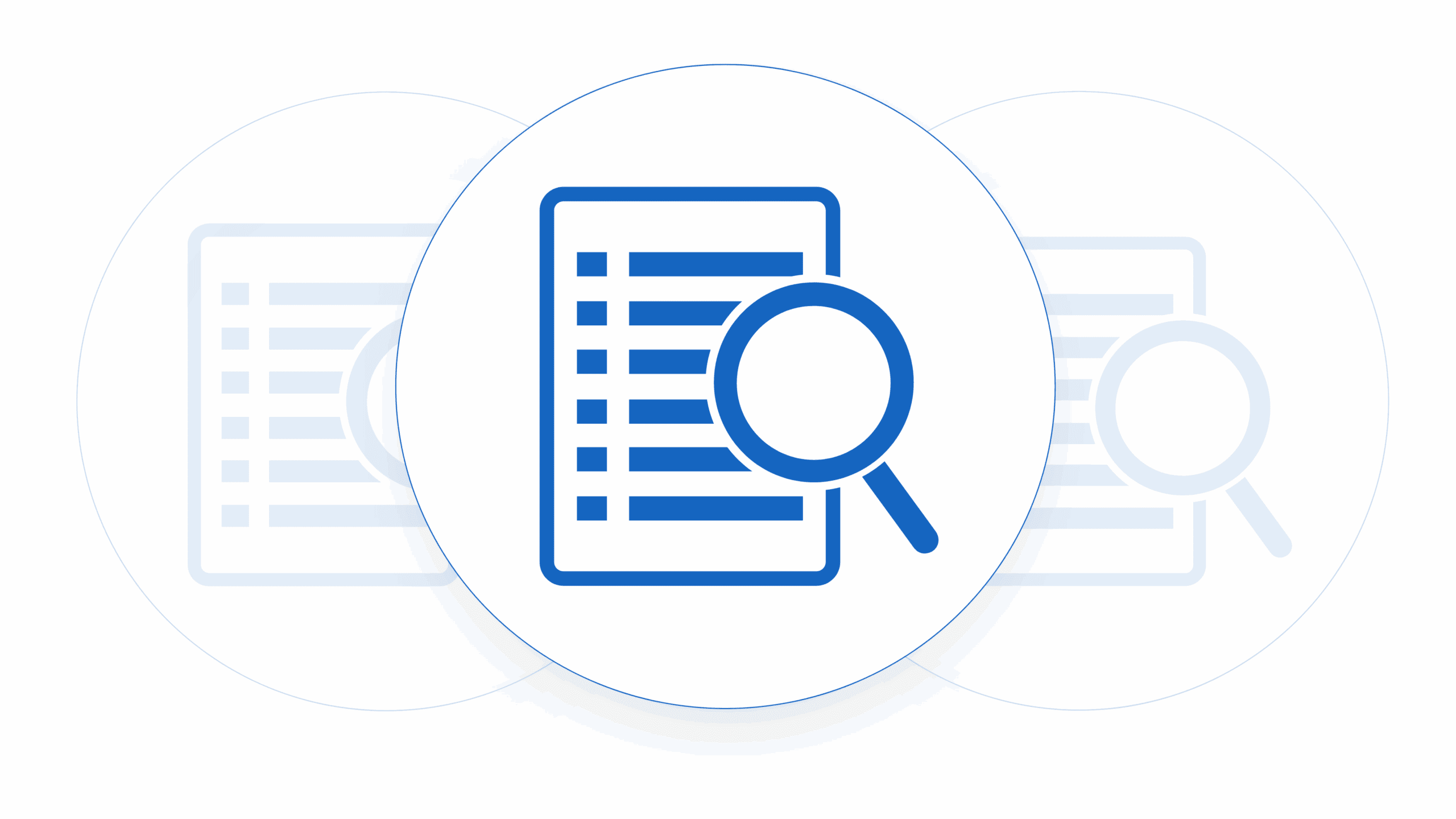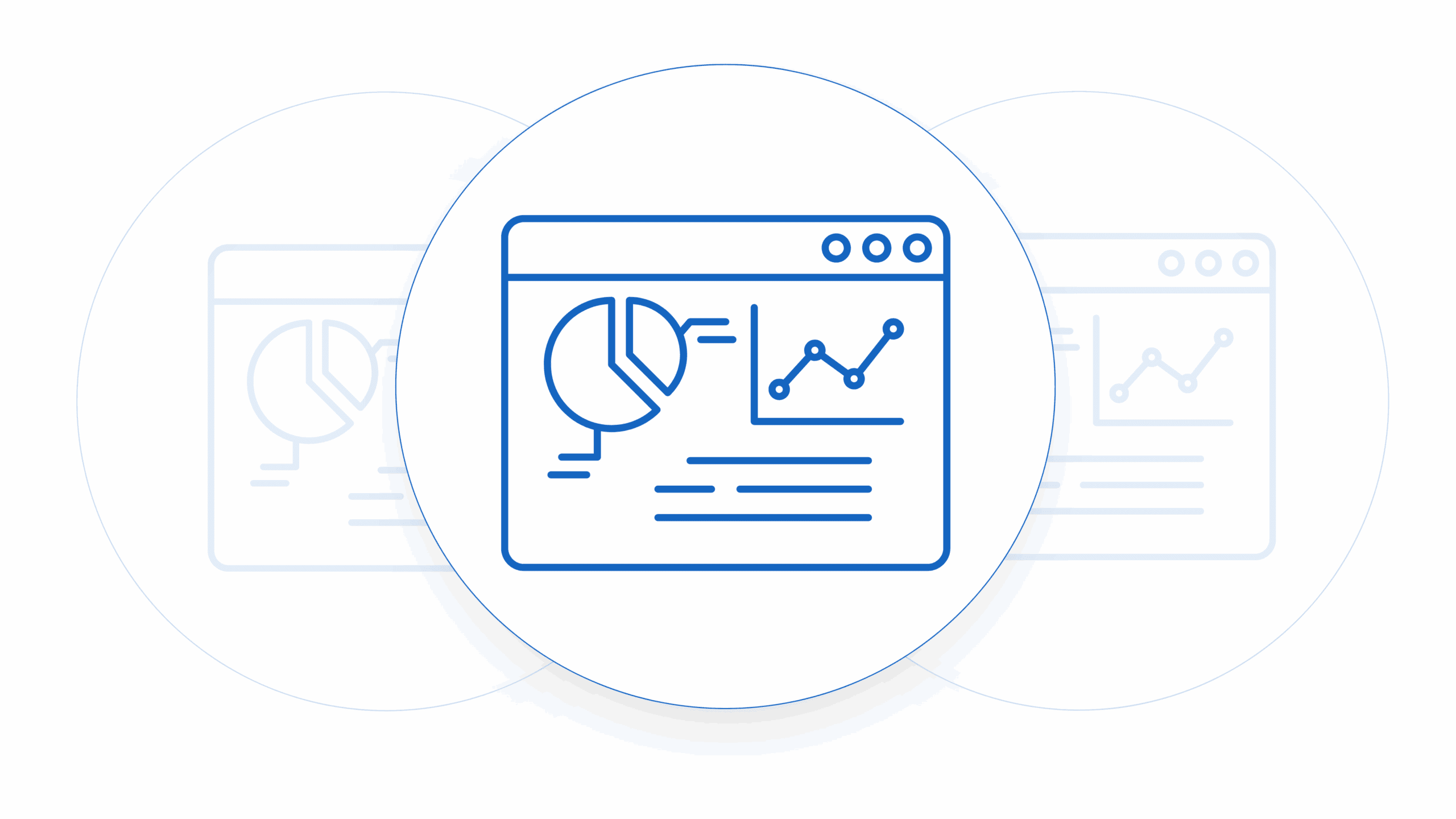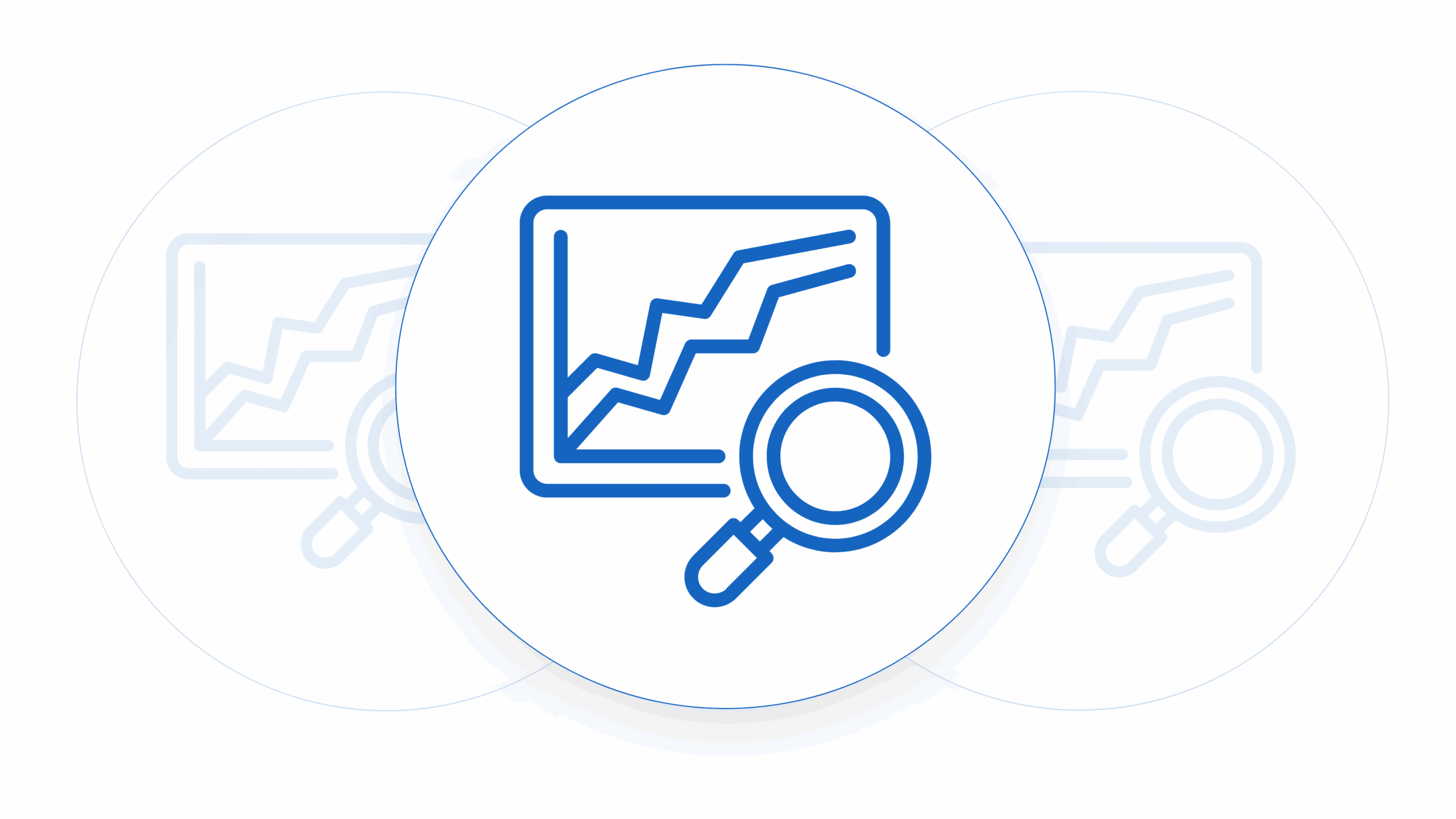Risk is something that all startups walk a fine line with. To build a business that grows 100% year on year you’ll probably need to take a few risks. These come in a many forms whether it be leaving your comfortable job, running low on cash or agreeing to unfavourable terms to get a deal over the line. Fortunately you can reduce SaaS contract risk with some careful planning.
What are common risks in software as a service sales contracts?
Risk Identification and Mitigation: Key Considerations in SaaS Sales Contracts
Your legal team and decision makers need to carefully consider and plan for common risks associated with Software as a Service (SaaS) sales contracts. By keeping an eye out for these you’ll be able to identify ways to reduce SaaS contract risk.
One significant contract risk revolves around data security and privacy. SaaS providers typically handle sensitive customer data, making data breaches and privacy violations a major concern. Contracts should always outline the security measures in place, data handling practices, and establish liability in case of breaches. The limit on liability here is one of the main risks. One common issue for SaaS contracts that accept a certain level of liability is that as the contracts build up you liability is cumulative.
Critical Role of SLAs: Defining Clear Service Level Agreements
Service Level Agreements (SLAs) play a crucial role in ensuring the delivery of the expected service level. Ambiguities or unmet SLA commitments can lead to customer dissatisfaction and, if you’re not careful financial penalties. It’s very important to outline clear SLA definitions in contracts and ensure your development team is across these.
Intellectual Property Rights: Ownership Clarity for Customizations and Data
Address Intellectual property rights to clarify ownership of customizations, integrations, and data. This is particularly important for products that allow users to upload, store and manipulate their data. Knowing what happens to that data after they have stopped using your platform is equally important.
Transparent Pricing Structures: Mitigating Risks in Billing and Price Increases
Pricing, billing, and potential price increases are other areas where miscommunication can lead to disputes, necessitating well-defined pricing structures and payment terms in the contract. Let’s be honest, ensuring good cash flow is a massive risk factor in getting paid.
Termination and Exit Strategies: Ensuring Smooth Contract Transitions
Establish crucial termination and exit strategies for a smooth transition if the contract is terminated. Considerations include data portability, transition support, and post-termination data access. But one of the key things to look out for is termination for convenience. This can cause you to lose customers that you’ve already reported as annual recurring revenue in you MRR waterfall report.
Comprehensive Contract Elements: Addressing Performance, Compliance, and Scalability
Performance and reliability of the SaaS platform, compliance with regulations, data ownership, retention policies, support and maintenance services, and scalability are all aspects that require attention in SaaS contracts to mitigate risks and provide a solid foundation for a successful partnership.
How to Reduce SaaS Contract Risk
Building a strategy to reduce SaaS contract risk is something you should look to do with you legal team. You should look to find a lawyer with SaaS experience as their input will be invaluable. Working with them there are four key areas that you should address. Those areas are to evaluate your current risk profile based on the stage you’re in in your startups lifecycle, decide on what’s an appropriate level of risk to agree to based on this risk level, develop mechanisms to renegotiate early contracts later on and create a roadmap for de-risking yourself as you grow.
Evaluate Your Current Risk Profile
Startups have different levels of risk depending on their stage. Measure the stage of investment or product development for companies.
- Early stage companies tend to have a larger risk profile. They have to so they can get off the ground. Closing deals is hard when you first strike out into the business world and you’ll often have to make concessions early on and hope to reduce SaaS contract risk later
- Companies that have taken on venture capital money often have a risk profile set by which stage of investment they are at. Seed stage companies have many more options to take on risk, the investor doesn’t yet have a large seat at the table. Expect Series A or Series B companies to start de-risking as they grow. Each subsequent round should be de-risking things.
- Where your product is can impact this a lot too. If you’ve moved early to get SOC-2 compliance you’ll have more leverage to reduce SaaS contract risk. Whereas if you haven’t yet taken steps like this you may need to accept higher levels of liability.
Understanding what stage you’re at and communicating this clearly with your legal team is an important step.
Decide on Appropriate Level of Risk
Once you’ve evaluated your current risk profile it’s all about mapping this to your legal agreements. There are a number of key clauses in SaaS contracts that cause risk and you should be assigning parameters around each of these. These parameters will allow your legal team to negotiate within your risk profile and raise anything above this to a decision maker.
Lets look at an example using liability. You may have a standard contract clause of no liability. When contracting with enterprise customers it is likely that they will negotiate this and ask for a certain level of liability. Set parameters for negotiation based on the contract value, with higher approval levels for strategic customers. Whereas unlimited liability might never be entertained or would need the approval of the CEO.
Redline What Matters
Raise Changes For Approval To Turnaround Contracts Faster
Develop Mechanisms To Renegotiate and Reduce SaaS Contract Risk
Keeping contracts to one year has an advantage. While locking enterprise customers into multi-year contracts may be tempting, consider the strategic value of the chance to renegotiate to reduce SaaS contract risk.
After a year the customer, as long as you’ve made a product that they love, will have your tool embedded into their workflow. This will give you the leverage you need to renegotiate better terms. The best strategy you can take with this is to ensure your customer facing teams and legal teams communicate. Assess the customer’s satisfaction and love for your product to determine how aggressively your legal team can push to de-risk the business relationship.
Create A Roadmap To Reduce SaaS Contract Risk As You Scale
The way you look at risk should scale as your startup does. Each successive round of investment or update related to security or data should be pegged with a level of risk reduction. You should work with your SaaS lawyer to plan how this will look as you grow. Start with a structured contract data set to understand the agreed terms, followed by a path to de-risk those agreements. As you scale contract standardization is a process you’ll need to go through but the good news is that the larger you get more you’ll be able to negotiate for what you need.
Looking To Make A Start? Getting Structured Contract Data
The first step to getting started to is structure your data in a way that you understand your current risk position. Contract Sent specializes in this for software as a service companies. Sign up today and get started.











